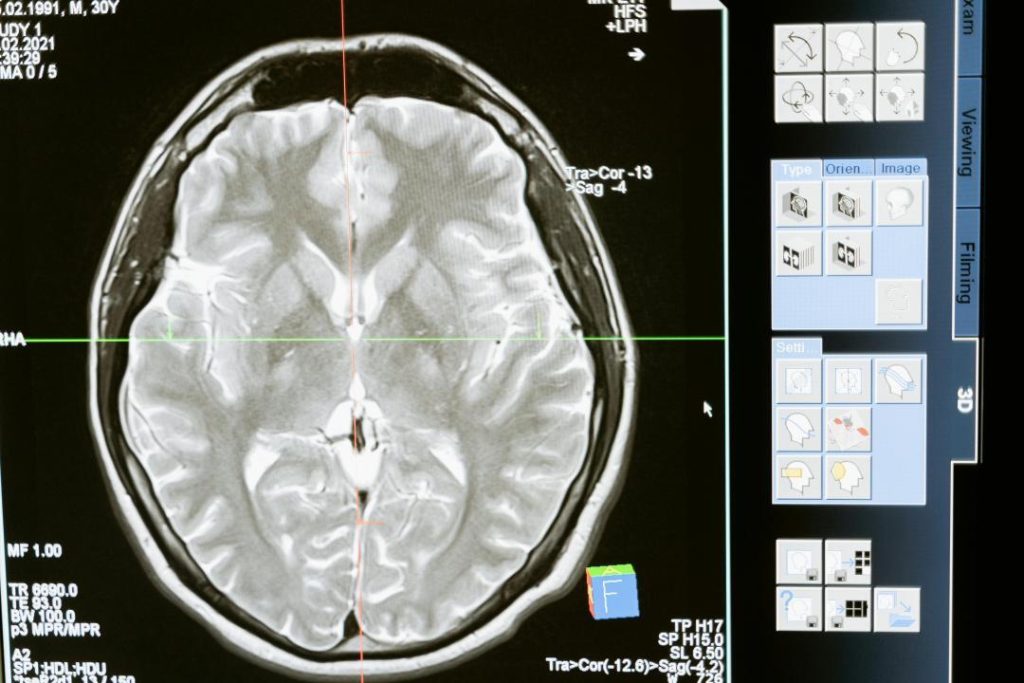
New Study Shows Sitting Too Much May Shrink Brain Areas
In today’s fast-paced world, it’s easy to fall into the habit of sitting for long periods of time. Whether it’s watching TV, playing video games, or working on a computer, many of us spend a significant amount of time sedentary. However, a recent study has found that this excessive sitting may have a surprising impact on our brain health.
The study, published in the European Journal of Sport Science, examined the relationship between sitting time and brain structure in young adults. Researchers at the University of Illinois at Urbana-Champaign used magnetic resonance imaging (MRI) to scan the brains of 120 participants, aged 18-35, and compared the results to their self-reported sitting habits.
The study found that those who spent more time sitting had less gray matter in the superior frontal gyrus, a brain area responsible for executive functions such as planning, decision-making, and problem-solving. This area is also linked to motor control and coordination, which is essential for physical activity.
The superior frontal gyrus is a critical region of the brain that plays a key role in many cognitive and motor functions. Damage to this area has been linked to conditions such as Parkinson’s disease, attention deficit hyperactivity disorder (ADHD), and stroke.
The researchers also found that the negative effects of sitting on brain structure were most pronounced in individuals who were less physically active. However, the study did not find a correlation between sitting time and brain structure in those who engaged in regular physical activity.
In other words, the study suggests that excessive sitting may have a detrimental impact on brain health, particularly in young adults who are less physically active. However, engaging in regular physical activity may help offset this effect and protect brain health.
But why might sitting for long periods of time have such a profound impact on brain structure? One possibility is that sitting leads to a decrease in blood flow and oxygenation to the brain, which can negatively affect brain health. Another possibility is that sitting reduces the demand for physical activity, leading to a decline in the development and maintenance of neural connections.
The study’s lead author, Dr. Catherine Tanaka, notes that the findings have important implications for public health. “Our results suggest that reducing sitting time and increasing physical activity may be an effective way to promote brain health in young adults,” she says.
So, what can you do to reduce your sitting time and protect your brain health? Here are a few simple tips:
- Take regular breaks to stand up and move around during the workday
- Incorporate physical activity into your daily routine, such as going for a walk or jog, doing yoga, or lifting weights
- Replace sedentary activities, such as watching TV, with more active ones, such as playing sports or dancing
- Make physical activity a social activity by exercising with friends or family members
While the study’s findings are concerning, they also offer hope. By making a few simple changes to our daily habits, we can reduce our risk of brain shrinkage and promote overall brain health.
Source:
https://thepfc.club/blogs/news/how-too-much-sitting-may-affect-your-brain-health






